To identify, evaluate, and control food safety hazards.
- Metodologie: Ingegneria, Risoluzione dei problemi, Qualità
HACCP

HACCP
- Miglioramento continuo, Valutazione di impatto ambientale, Sicurezza alimentare, HACCP, Miglioramento dei processi, Ottimizzazione del processo, Garanzia di qualità, Controllo di qualità, Gestione del rischio
Obiettivo:
Come si usa:
- A systematic preventive approach to food safety from biological, chemical, and physical hazards in production processes that can cause the finished product to be unsafe, and designs measures to reduce these risks to a safe level.
Professionisti
- Internationally recognized; Proactive approach to food safety; Can be applied throughout the food chain; Reduces the risk of foodborne illness.
Contro
- Can be complex and costly to implement, especially for small businesses; Requires significant commitment and training; Documentation can be extensive.
Categorie:
- Produzione, Qualità, Gestione del rischio
Ideale per:
- Ensuring food safety and preventing foodborne illnesses by systematically managing hazards.
HACCP (Hazard Analysis Punto di controllo critico) methodology is widely adopted in various industries beyond food production, including pharmaceuticals, cosmetics, and even the manufacturing of consumer goods where safety is paramount. This methodology is particularly effective during the design and development phases of products or processes, allowing teams to identify potential hazards early on and implement controls before issues arise. Participants in HACCP planning typically include multidisciplinary teams comprising food scientists, quality assurance specialists, engineers, production staff, and sanitation experts who collaboratively assess risks associated with the entire supply chain from raw material sourcing to final delivery. For example, in a beverage company, HACCP may involve evaluating water quality sources, monitoring safety during bottling processes, and ensuring proper storage conditions to maintain product integrity. Its applications extend to regulatory compliance, enabling companies to meet standards established by organizations like the FDA and WHO, fostering trust among consumers while minimizing liability. This proactive risk management approach not only leads to reduced instances of foodborne illnesses but also enhances operational efficiency by reducing waste and recalls, thereby supporting sustainable practices. The structured framework provided by HACCP can also be adapted to product innovation, allowing companies to experiment with new ingredients or production methods while maintaining benchmark safety protocols.
Fasi chiave di questa metodologia
- Conduct hazard analysis by identifying potential biological, chemical, and physical hazards.
- Determine the Critical Control Points (CCPs) where hazards can be prevented, eliminated, or reduced.
- Establish critical limits for each CCP to ensure safety measures are effective.
- Implement monitoring procedures for each CCP to ensure compliance with critical limits.
- Establish corrective actions to be taken when monitoring indicates that a CCP is not under control.
- Develop verification procedures to confirm that the HACCP system is working effectively.
- Establish record-keeping and documentation procedures to maintain accountability and traceability.
Suggerimenti per i professionisti
- Integrate HACCP principles within the design phase by employing simulations and modeling to predict potential hazard points in production processes.
- Utilize advanced data analytics for real-time monitoring and validation of critical control points, enabling quicker responses to emerging hazards.
- Engage cross-functional teams in regular reviews of HACCP plans to incorporate diverse expertise and technological advancements, ensuring continual improvement of safety measures.
Leggere e confrontare diverse metodologie, raccomandiamo il
> Ampio archivio di metodologie <
insieme ad altre 400 metodologie.
I vostri commenti su questa metodologia o ulteriori informazioni sono benvenuti su sezione commenti qui sotto ↓ , così come tutte le idee o i link relativi all'ingegneria.
Contesto storico
1800-05-02
1880
1910
1940
1950
1970
1983
1834-01-01
1880
1920
1940
1950
1975
1997
(se la data non è nota o non è rilevante, ad esempio "meccanica dei fluidi", viene fornita una stima approssimativa della sua notevole comparsa)

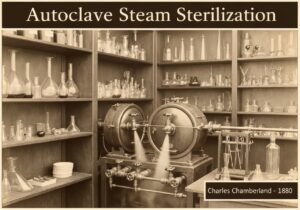
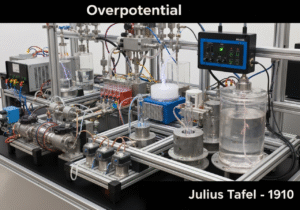
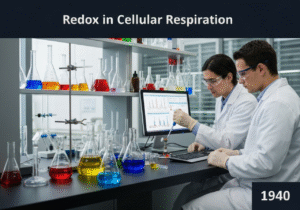
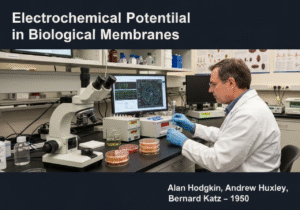
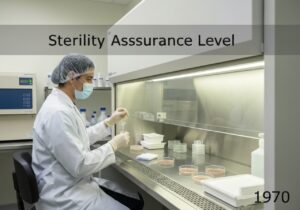
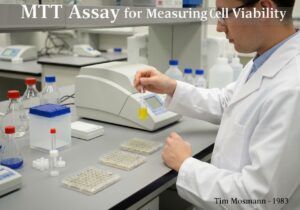

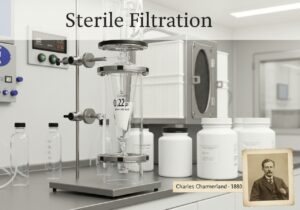
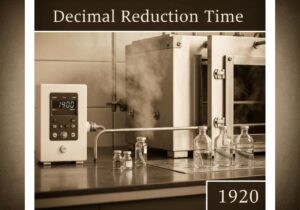

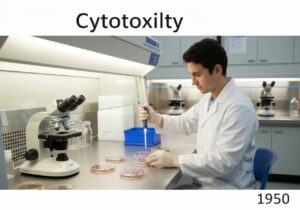
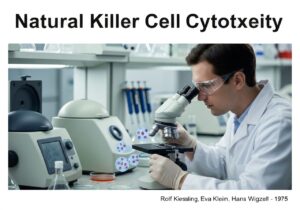

Post correlati
Calcolatore da METS a calorie
Meta-analisi
Mappatura dei messaggi
Diagrammi del modello mentale
Forze di spinta e di trazione massime accettabili
Pianificazione dei fabbisogni di materiale (MRP)